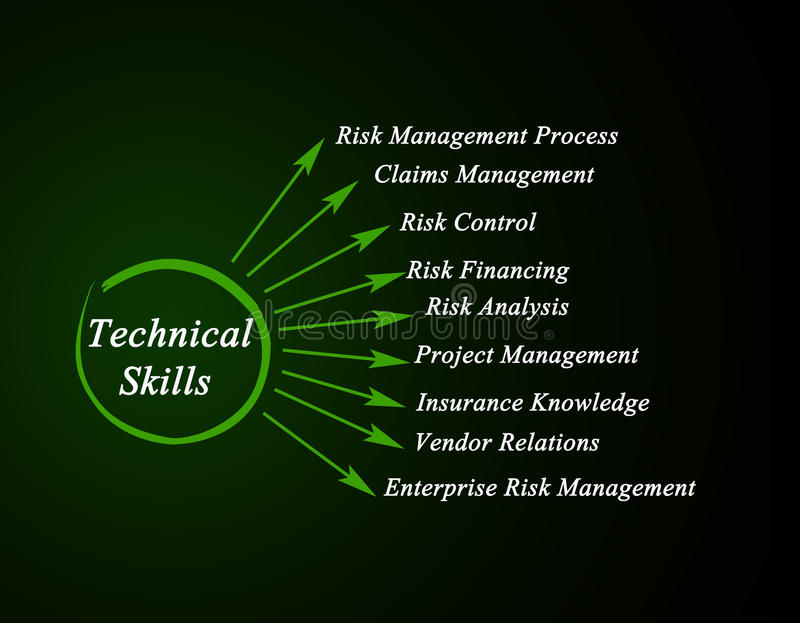The technical skills of a business analyst are not limited to using flowcharts to illustrate complex processes. Creating a flowchart can be a key BA skill, because it helps you communicate complicated structures in an easy-to-understand way. It is also a valuable tool for illustrating processes and calculations.
Technology literacy
Technology literacy is a skill for navigating the technical business world. It involves the ability to understand the various technologies and how they interact with each other. People with this skill are more adept at diagnosing and fixing technical problems in the home and workplace. This includes understanding how to replace smoke detector batteries, replace a flat tire, and reset circuit breakers. Technology literacy also includes the ability to use software and the internet.
The development of technology literacy programs and curriculum must be backed by solid research on the topic. Without reliable information, it will be impossible to create effective teaching strategies or enact programs that foster technological literacy. To achieve this, it is critical to develop a strong research agenda and allocate appropriate funding.
While the definition of “technology literacy” differs according to the industry, it’s important to know how to use various types of digital tools. People with this skill are more efficient and productive in their work. They can quickly recognize information and patterns that are necessary for their work. In addition, digital literacy skills are essential for connecting with coworkers, preventing generation gaps, and improving employee satisfaction.
Technological literacy is the ability to acquire and evaluate information using technology. These skills enable people to use a range of digital devices and interfaces, create, and share content, and troubleshoot problems. People with this skill are able to effectively participate in public forums. They can communicate with city council members and congressmen and envision ways to solve societal problems using technology. But it is important to remember that technological literacy does not define a person’s opinions. Even the most technologically-literate citizen may hold different opinions.
Coding
Coding is a highly practical skill that can open many doors in business. It can help entrepreneurs to build apps, update websites, and expand their business beyond their initial ideas. It is also useful for those in leadership roles. It gives entrepreneurs a deeper understanding of how technology works, which can lead to improved planning and creative output.
While most business leaders do not need to know coding, they do need to be able to work with people who know how to do it. The ability to work with developers, data scientists, user experience designers, and product managers is essential in the digital era. In fact, a recent study found that leaders who worked with developers, data scientists, and technology consultants significantly increased their business’s efficiency.
There is an increasing need for people with technical skills in all types of jobs. Technology has spread into virtually every industry and profession. For example, servers in restaurants may need to know point-of-sale (POS) software. A knowledge of point-of-sale software will open up more job opportunities. Similarly, trash collectors are becoming more technologically advanced. Their trucks are full of gadgets and technology, and they need to understand how to use them.
Databases
A database designer is a person who knows how to organize and manage data. Their job is to represent the reality of a business in interrelated data objects. They must be aware of standards and concurrency issues when designing a database and ensure that it aligns with the business vision.
A database administrator is also responsible for ensuring that the database runs smoothly and is secure. This includes maintaining back-ups and monitoring storage space. They must also be able to troubleshoot data problems. As part of their job, database administrators must be able to handle issues with customers, and they should have a good understanding of the business’s systems.
In addition to knowledge of database technology, a database administrator must have a high level of communication skills. They need to communicate with executive management, suppliers, and technology professionals in other organizations. They also spend a great deal of time troubleshooting and making decisions regarding data management. Database administrators must be able to make cost-effective decisions.
A database administrator must be able to understand data structures, identify patterns, and create quantifiable recommendations and solutions for specific business problems. They must also understand the best ways to present their analysis and conclusions. With the rapid advancement of mobile technology, big data, and the Internet of Things, the field of database management is changing rapidly. In order to keep up with these rapid changes, database administrators must become more innovative and creative in developing new procedures.
UML diagramming
The use case diagram is a useful tool for the design of software systems. This type of diagram shows the various use cases and actors in a system and the interactions between each of these components. To create this type of diagram, it is important to start with a box representing the system boundary and label it with its name. Next, show the use cases as oval shapes. Each use case should describe a specific piece of functionality. Use case diagrams must be descriptive and use specific terminology.
In addition to being a technical business skill, UML diagramming can also be used to communicate your ideas and make it easier to understand others. Software development is not a solitary activity; in most cases, developers must work with many stakeholders. It is important to maintain good communication throughout the development process, as small details can be crucial to a project’s success. A good diagram will help you focus your conversations and eliminate time wasted on explaining concepts.
UML diagrams are important to software development and systems modeling because they provide a standardized way of communicating complicated ideas. They also make working with other departments easier because everyone is able to see a common structure. The most common UML diagram is the Class Diagram, which shows the system’s classes, operations, and relationships between objects. Other types of UML diagrams are Activity Diagrams, Use Case Diagrams, and Sequence Diagrams. All of these diagrams can help you communicate with stakeholders and standardize your software design.
Requirements analysis
Requirements analysis is the process of gathering information from the users or future users of a new system. For example, if an organization wants to develop an ATM, the requirements analyst will talk to banking experts to determine the requirements for the system. The user group agrees on the desired capabilities of the system, and these requirements are then documented and presented to software developers.
Business requirements analysis helps to define requirements and better understand business needs. The process helps break requirements down into smaller, more manageable chunks. If problems arise at this early stage, they can be resolved more effectively and cheaply. Many organizations have standardized methodologies and procedures for conducting requirements analysis. These methods may be optimized for a particular industry or organization.
Requirements analysis is critical to the success of a software or systems project. The requirements must be actionable, measurable, traceable, and based on identified business needs. These requirements need to be detailed enough to enable the designer to create a value-added system. The process of requirements analysis, sometimes called requirements discovery, involves interviewing stakeholders and gathering information. This information may be documented in natural language documents or data models.
A business analyst will document requirements using tools, flowcharts, and Unified Modeling Language notation. He or she will also create a graphic model of the application. Some organisations have strict modelling guidelines, so BAs need to adhere to these methods.
Motivational techniques for learning technical skills
Using motivational techniques can be a valuable way to improve the learning process for people who are interested in technical business skills. These techniques can help people to improve their skills and performance in a variety of settings. These techniques include the use of choice and the concept of self-efficacy. The theory behind self-efficacy suggests that our perception of capability is very important to our ability to learn.
The idea of encouraging employees to acquire new skills is a good way to boost productivity, as they can use their new skills to produce better results for the company. Moreover, keeping up with the latest trends and technological innovations is beneficial for companies in all sectors. One way to motivate employees to acquire new skills is by offering them incentives and rewards for reaching specific goals. By making it clear that they will receive incentives for achieving certain goals, employees will be motivated to learn new skills and improve their performance.
Several researches have been conducted to understand the motivation process. Theories of motivation include behavior-based and self-regulation theories. The behavior-based theories view motivation as a system of psychological mechanisms that includes setting goals, engaging in learning, and self-regulation strategies. These theories also consider the learner’s preexisting interests and ideas about competence.

